Hospital Application Development – Everything You Need to Know
Mobile applications for the healthcare sphere can drastically improve the lives of both doctors and patients in many ways – can reduce long waiting periods, provide immediate updates on health status, as well as more relevant disease diagnosis and treatment.
The healthcare app is one of the fastest-growing categories in the app market, which is expected to reach USD 236 billion by 2026. If you are interested in developing a mobile app for a hospital, the first thing to do is to choose the app type and monetization model, since these factors impact the tech stack, features, and development costs.
In this article, we have gathered the most perspective types of mobile healthcare applications, monetization strategies, and a step-by-step healthcare application development guide.
Let’s start!
6 Trends in Hospital Mobile App Development
Before you start developing your healthcare app, you need to be aware of current trends, since this impacts both your app popularity among users and app competitiveness in the Mhealth market. Below, we have gathered the most innovative trends in mobile healthcare so you get a clear idea of user expectations.
1. Patient-Generated Health Data
About 64% of U.S. adults regularly use an app to measure health metrics. For this reason, patient-generated health data is becoming popular. Such mobile applications collect user data, including heart rate and other information from mobile devices and wearable devices. Thus, such apps digitalize patients’ medical records and allow receiving updated data on the patient’s health in real-time, since the app users are creating healthcare information concerning themselves. This data might include:
- User’s biometric data
- Detailed information on habits, lifestyle, etc
- Symptoms of the disease
- Prescribed treatment
Such applications have numerous clinical benefits. Patient-generated health data apps fill in the information gaps between the patient and the clinic, allowing doctors to make more informed decisions and share patient information with other specialists.
2. Geolocation
In 2022, 93% of respondents dependend on their maps/GPS navigation – щne in five use GPS every day. Geolocation is also used in Mhealth apps since it allows users to find the nearest pharmacies and hospitals. Besides, geolocation is also handy for more personalized information delivery, including:
- Showing local disease rates and information, maps and guidelines
- Providing targeted health education
- Receiving updates on local health risks and hazards
- Searching for local drugs/drug trade names and prices (in local currency)
- Receiving medical news relevant to the app user location
- Getting information on local accidents, natural disasters, and so on.
In this way, mHealth apps with geolocation could be used for:
- Finding the nearest hospitals or clinics based on their location and health needs
- Providing app users with driving directions and real-time traffic information
- Helping ambulance and rescue teams precisely and quickly locate and track people who are in a medical emergency, injured, or lost, and also for ambulance fleet management
- Mobile patient monitoring and automated emergency calls with exact information on patient location if the system detects any medical problem requiring intervention
- Sampling real-time data on environmental exposure to irritants and pollutants, with details on the individual’s physical reactions in different situations and locations.
HEALTHCARE CYBERSECURITY: HOW TO PROTECT PATIENT DATA
3. Patient support chatbots
Patients no longer want to call their doctors to make an appointment. Instead, they want to schedule an appointment, receive personalized recommendations, and tests results via messengers. The best way to provide patients with such services is to integrate a healthcare chatbot. Also, Juniper Research reports interactions with healthcare chatbots driven by artificial intelligence (AI) are expected to surpass 2.8 billion per year by 2023. You can use hospital patient support chatbots for:
- Providing personalized real-time responses
- Scheduling an appointment with a doctor
- Supporting patients with chronic diseases
- Providing patients with test result notifications
- Gathering patients feedback on delivering the support itself
The integration of a chatbot to a healthcare app brings the following benefits:
- Chatbots take over the majority of routine conversations, such as result notifications and Q&A, while human operators are involved only in individual cases
- Natural Language Processing recognizes the intent and sentiment of the user’s requests
- This information gives ground for process automation, which increases the speed of treatment delivery up to 40%
- The implementation of the conversational interface chatbot lowers the operational costs up to 30%
You can train such a chatbot using patient support conversations and unsupervised machine learning algorithms, as we did for our patient support chatbot project. To find out more about the project objectives and tech stack we used, read the full case study.
4. Disease prevention
Healthcare is one of those industries where time may cost lives. To make disease detection and prevention even more useful, hospitals use Artificial intelligence, machine learning algorithms, and neural networks that make more detailed predictive analysis in the short term. The algorithms can scrub a vast amount of data much faster and more accurately than human scientists or medical professionals. Here’s how it works:
- The neural network gathers as much data as possible to make an accurate recognition
- Then, the neural network classifies the data and detects anomalies with different filters
- Finally, the resulting information is verified by medical professionals with available databases and subsequently implements the data into the patient’s health record
THE APP SOLUTIONS – CUSTOM HEALTHCARE SOFTWARE DEVELOPMENT COMPANY
The implementation of the machine learning neural network into disease detection and prevention brings the following benefits:
- Streamline diagnosis workflow, making it faster, more efficient, and less costly
- Lessen the dependence on various medical professionals in the diagnosis process
- Reduce the delivery time of clinical testing results
- Increase the accuracy of clinical testing results
These technologies are particularly useful for time-sensitive diseases such as skin cancer detection. As a rule, diagnosis relies on a long series of clinical screenings, analysis, and histopathological examinations, which take months to complete. At the same time, the neural network can deliver test results in a matter of hours, which significantly increases the efficiency of the treatment, as well as the accuracy of the results.
We developed such a neural network for skin cancer detection for one of our projects using the following tools:
- HAM10000 dataset
- ImageNet pre-trained models
- TensorFlow for VGG16 CNN
- Apache Beam for data processing pipeline
- D3 visualization package
Find out more about this project by reading the full case study on the link.
5. Telemedicine
Telehealth is one of the fastest-growing segments in the healthcare IT industry, and, by 2025, it is expected to reach $ 113 billion. This technology helps hospitals to provide medical assistance and consultation via video and chat while reducing long waiting periods. You can apply telehealth in any medical field, from behavioral health therapy services and psychiatry to diagnosis and treatment.
Apart from allowing long-distance contacts, telemedicine is handy for the following services:
- Care
- Advice
- Reminders
- Education
- Intervention
- Monitoring
- And even remote admissions.
Read how to develop telemedicine app on our blog.
6. Medication reminders
Unfortunately, statistics suggest that patients adhere to only 50% of drugs prescribed for chronic diseases. Thus, medication reminder apps for hospitals can tackle this challenge. Such applications often include:
- The patient’s name
- Information about each medication
- Dose, side effects, and reactions
- How and when the patient should take drugs.
When it’s time to take medications, the app sends a reminder to the patient via push-notifications. In this way, hospitals can track take-as-needed and regular intake medicines.
HOW TO MAKE EHR/EMR EPIC INTEGRATION WITH YOUR HEALTH APP
Now that you are aware of recent trends in hospital applications, let’s find out how hospital mobile applications make money.
The APP Solutions Success Story: Telemedicine
A White Label Telemedicine Platform
The client is the owner of a medical center in Berlin, Germany. After the COVID-19 outbreak, he faced the need to provide patients with a distance communication solution to decrease the number of offline visits, while enabling doctors to monitor vital patient health data and streamline communication with a laboratory.
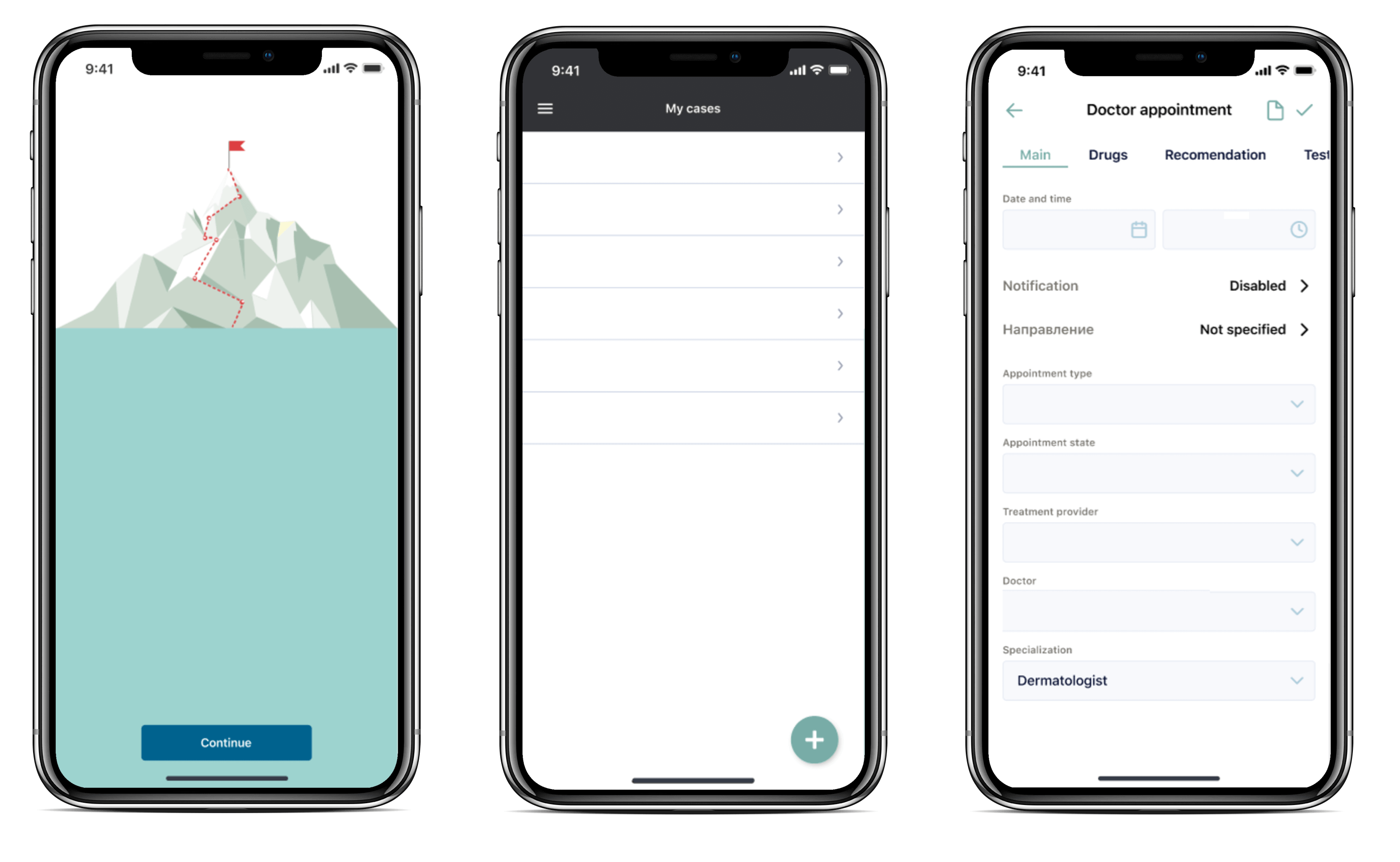
After working with us, the client received a white-label telemedicine platform with advanced features that took us two months.
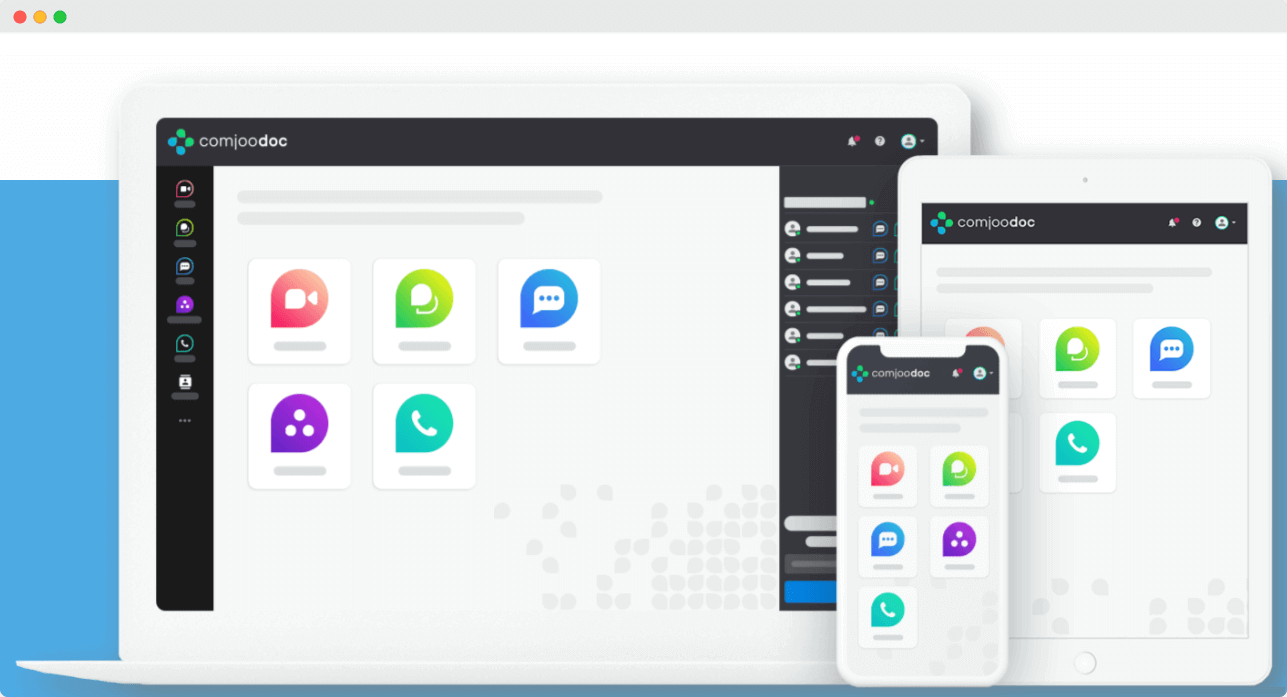
Monetization strategies for Hospital Mobile Apps
Business models of hospital mobile apps do not differ from monetization strategies used by other apps. Choose the monetization model depending on your business logic, needs, and concept among the following options:
- Freemium means that the patient receives the free app version with only basic features. To get access to more advanced functions, the user must buy a paid app version.
- Running ads in your app users is another monetization strategy. For promoting other businesses, you can charge advertisers a cost-per-click, cost-per-action, or cost-per-view fee.
- Premium content works particularly well with peer to peer apps. It means that a doctor or patient gets access to some amount of content for free. But, to receive access to more valuable or updated content, the app user must pay for it.
- A paid subscription is one of the most widely spread monetization strategies. Hospital apps may provide doctors with paid listings for a time, but when the subscription period ends, the doctor must buy another subscription to be seen in the app search.
- A transaction fee is your monetization model of choice if you want to develop a two-sided hospital marketplace where patients pay doctors using your app payment gateway. Depending on the total, you can charge app users transaction fees from 5% to 10% for using in-app payments.
And now, let’s dive into the process of clinic app development.
HOW MUCH DOES IT COST TO DEVELOP AN APP: DETAILED FEATURE BREAKDOWN
Medical app development guide
A well-rounded and carefully developed application can encompass the whole hospital ecosystem. In this case, it is crucial to stick to native app development, which means your mobile application engineers need to create a custom product for each operating system from scratch.
Below, we share the main stages of healthcare app development so you are aware of the development process before it starts.
HOW TO MAKE AN APP: LIFE CYCLE OF MOBILE DEVELOPMENT
Step 1. Choose the hospital mobile app type
There are many types of mobile apps for hospitals aimed at different goals and users, offering a different set of features. Thus, to build your app, you can choose among the following best hospital app types:
- Medical reference & database hospital apps for patients to keep patient information, medical records, and treatment plans in one place.
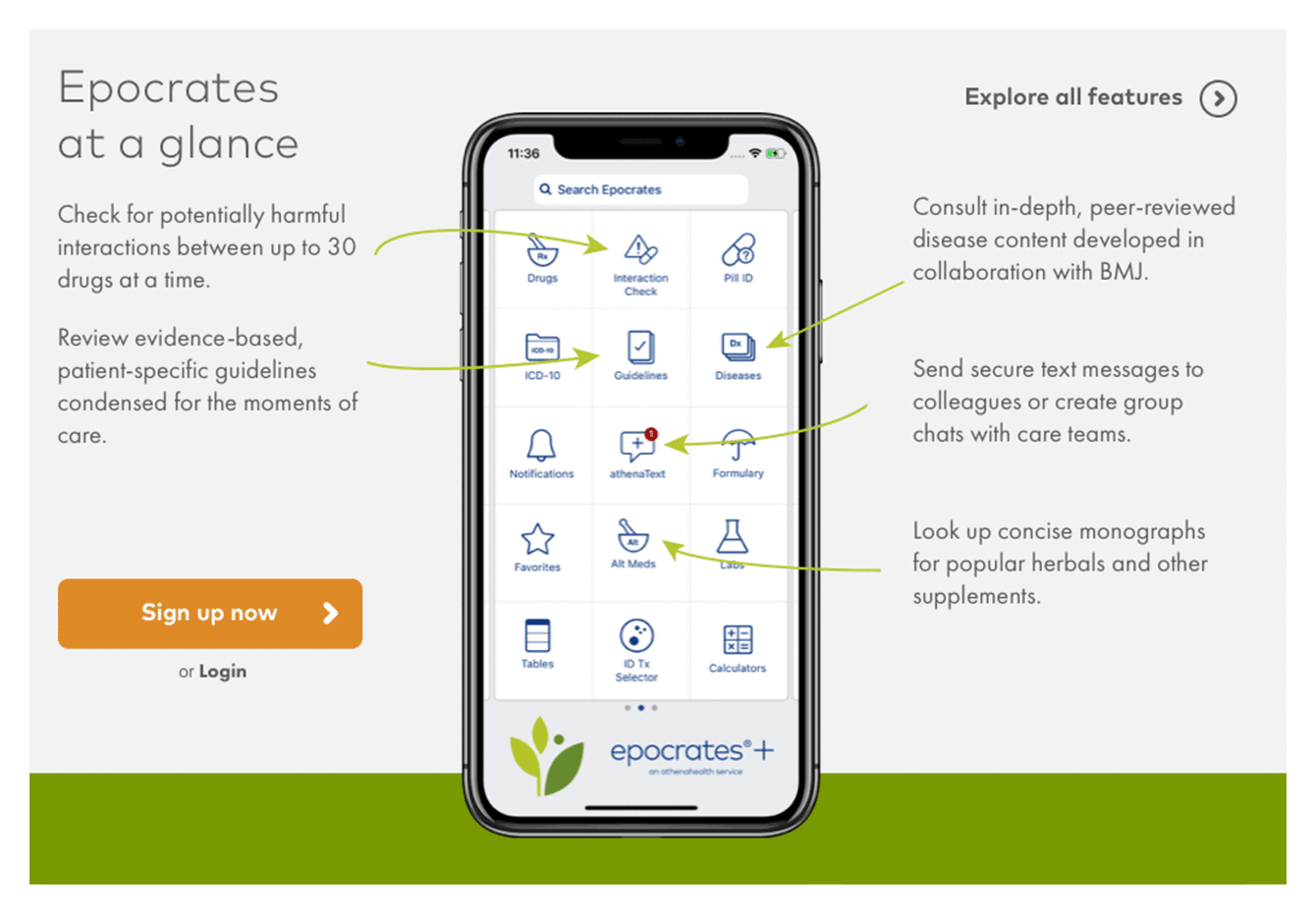
[Epocrates, a reference app example, source: epocrates.com]
- Doctors networking apps, where medical specialists can share their experience, grow the community, ask for advice, and so on.
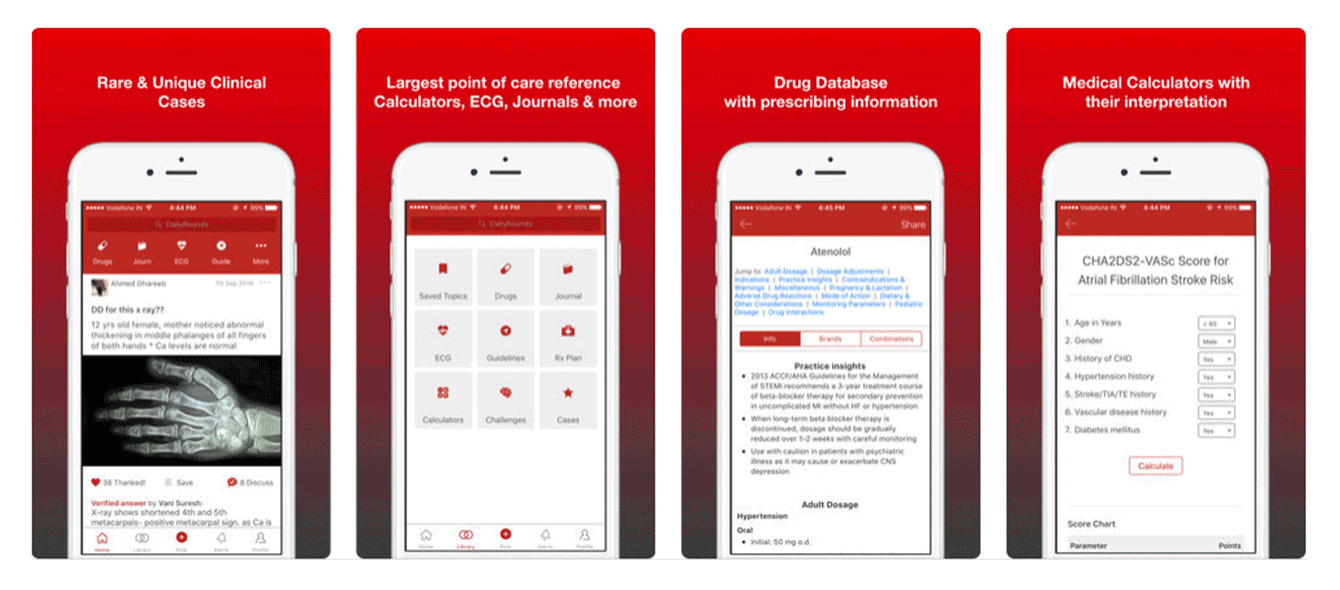
[DailyRounds, doctor networking app example, source: App Store]
- Health tracking apps that allow doctors to monitor a patient’s healing process, gather test results, and other medical docs.
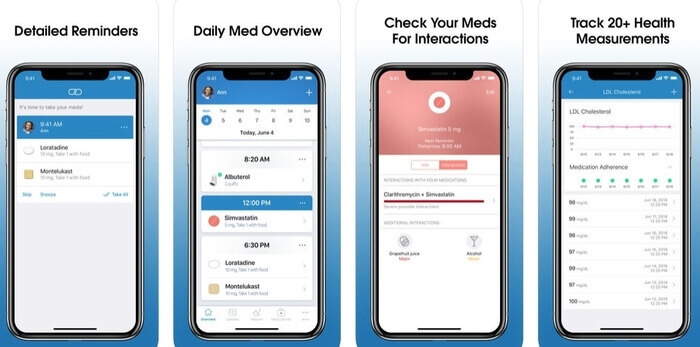
[Medisafe, health tracking app example, source: medisafe.com]
- Hospital appointment app that allows hospitals to reduce paperwork and schedule appointments with patients in a more convenient way.
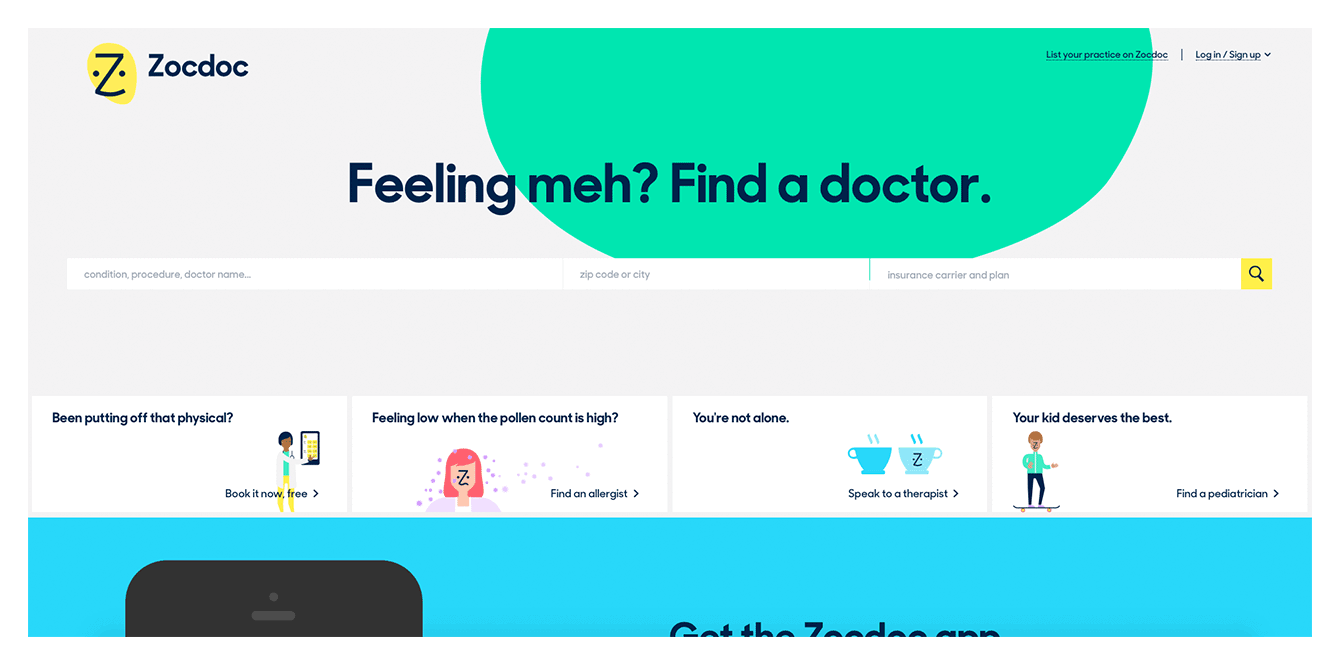
- Doctor-on-demand apps operate as two-sided marketplaces, where a patient can schedule a live-chat session or receive a consultation via video-call.
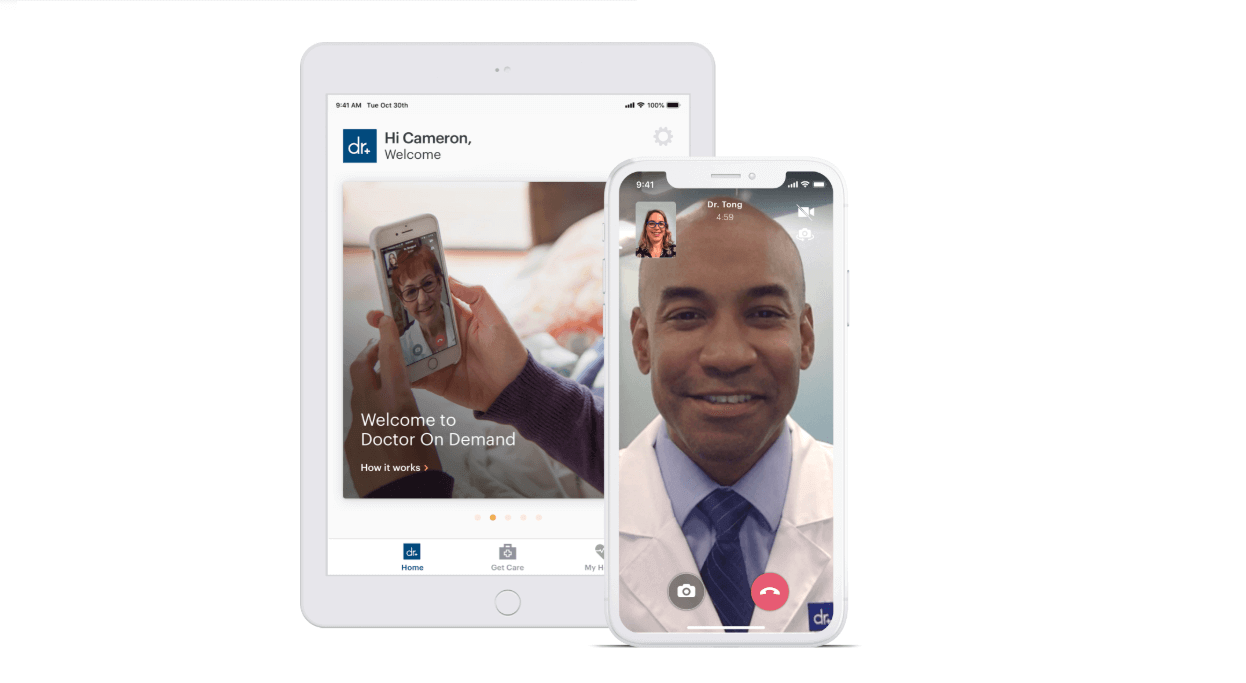
[Doctor on-demand mobile app example, source: doctorondemand.com]
Step 2. Hire a healthcare app development team
The main goal of this stage is to create a detailed functional and non-functional requirement list for your projects. What is the difference between them? Let’s find out.
Functional requirements describe the behavior of your mobile app, and it’s functionality. An example of functional requirements:
- The app allows doctors to share uploaded files, such as X-rays and test results with the patient in a private chat.
Non-functional requirements include information about the performance characteristics of your app. Example:
- The doctor can only upload JPG, PDF, and doc. files up to 100 Mb.
Next, the development team turns your project requirements into separate hospital mobile app features, prioritizes them, and starts developing your project.
Step 3. Develop the hospital app MVP
Developing a medical clinic app seems to be quite a tough task. We usually recommend our clients to begin work on such a giant project by building an MVP (minimum viable product).
The key feature of this method is to create an app with minimum essential functions and to continue updates and optimization after the release. Such an approach drastically reduces the hospital mobile app development costs.
In the table below, we share the hospital mobile MVP estimation in hours to give you an idea of basic hospital app features and the project scope.
| FeatureScreen | Functions required | Android/iOS |
| Architecture | 60 hours | |
| Registration screen |
| 24 hours |
| Personal info |
| 16 hours |
| Contact info |
| 16 hours |
| Health Info |
| 8 hours |
| Preferences |
| 40 hours |
| Profile |
| 12 hours |
| Main page |
| 16 hours |
| Calendar and time picker |
| 60 hours |
| Sessions (history) |
| 24 hours |
| Quality assurance | 40 hours | |
| Business analysis | 30 hours | |
| Total | From 346+ hours |
Step 4. Launch your app and gather feedback
Once the hospital mobile app MVP is ready, it is time to upload it to app marketplaces where your patients can download it.
Ask your patients to give you feedback on the mobile app’s functionality, the convenience of the design, and what features to implement next. In this way, you will get a clear idea of whether your app meets the patient’s expectations or not.
How much does it cost to develop a mobile app for hospitals?
There is no one-size-fits-all answer to that question because development costs depend on the:
- Number of features
- Number of platforms
- Number of app back-end integrations
- Size of the development team
- Hourly developer rate
The cost of a hospital mobile app technical documentation starts from $4,000, while a hospital mobile app MVP might cost from $40, 000 per platform. To receive a more detailed estimation, use our Project Cost Calculator.
OUTSTAFFING VS. OUTSOURCING VS. MANAGED SERVICES: DIFFERENCES AND BENEFITS
Wrapping Up
Hospital mobile apps are great for both patients and doctors because they allow tracking a patient’s recovery progress, receiving medical consultations without leaving home, and give doctors a chance to keep all the patient’s information in one place. As well as this, thanks to machine learning, Artificial Intelligence, and neural networks, hospitals can diagnose diseases and prescribe the most effective treatment in a matter of hours, which may save someone’s life. Therefore, to find out whether your hospital mobile app has earning potential, there is no need to spend a fortune on development. You can start your project as MVP with only basic features and integrate others with time.
